Increased Urbanization
The trend of urbanization appears to be a driving force in the Public Transport Smart Card Market. As more individuals migrate to urban areas, the demand for efficient public transport systems intensifies. This shift necessitates the implementation of smart card systems that streamline fare collection and enhance user experience. According to recent data, urban populations are projected to reach 68% by 2050, which could lead to a significant rise in public transport usage. Consequently, cities are increasingly investing in smart card technologies to accommodate this growing demand, thereby fostering the expansion of the Public Transport Smart Card Market.
Focus on User Experience
Enhancing user experience is becoming a central focus in the Public Transport Smart Card Market. Transport authorities are recognizing the importance of providing a seamless and user-friendly experience to attract and retain passengers. This includes simplifying the fare payment process, offering real-time information, and ensuring interoperability across different transport modes. Research indicates that improved user experience can lead to a 20% increase in public transport ridership. As authorities prioritize these enhancements, the Public Transport Smart Card Market is expected to benefit from increased adoption and usage, ultimately contributing to its growth.
Technological Advancements
Technological advancements in payment systems and data management are poised to transform the Public Transport Smart Card Market. Innovations such as contactless payment technology and mobile integration are enhancing the functionality of smart cards, making them more appealing to users. The rise of Internet of Things (IoT) applications in public transport is also facilitating real-time data collection and analysis, which can improve service delivery. As these technologies evolve, they are likely to drive adoption rates, thereby expanding the Public Transport Smart Card Market. The market is projected to grow at a compound annual growth rate of 12% over the next five years, reflecting the impact of these advancements.
Government Initiatives and Funding
Government initiatives aimed at improving public transport infrastructure are likely to bolster the Public Transport Smart Card Market. Various governments are allocating substantial budgets to modernize transport systems, which includes the adoption of smart card technology. For instance, funding programs have been established to support the integration of smart cards in public transport networks, enhancing operational efficiency and user convenience. Reports indicate that investments in public transport systems are expected to exceed USD 1 trillion by 2030, suggesting a robust growth trajectory for the Public Transport Smart Card Market as these initiatives unfold.
Rising Demand for Contactless Payments
The increasing preference for contactless payment methods is influencing the Public Transport Smart Card Market. Consumers are increasingly seeking convenient and hygienic payment options, which smart cards provide. This trend is particularly evident in urban areas where speed and efficiency in public transport are paramount. Data suggests that contactless transactions are expected to account for over 50% of all payment transactions by 2026, indicating a shift in consumer behavior. As public transport systems adapt to these preferences, the Public Transport Smart Card Market is likely to experience substantial growth, driven by the demand for seamless and secure payment solutions.


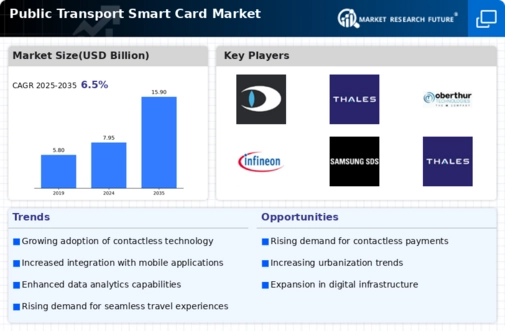
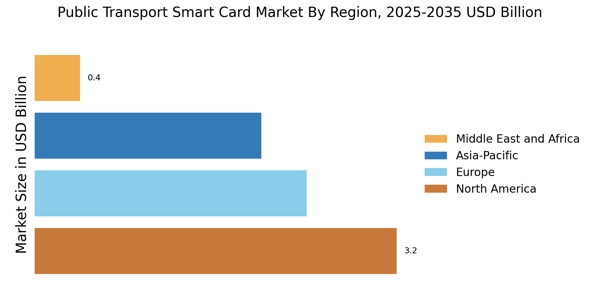
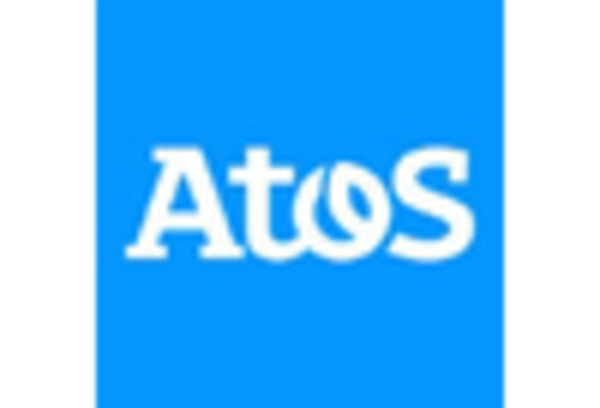
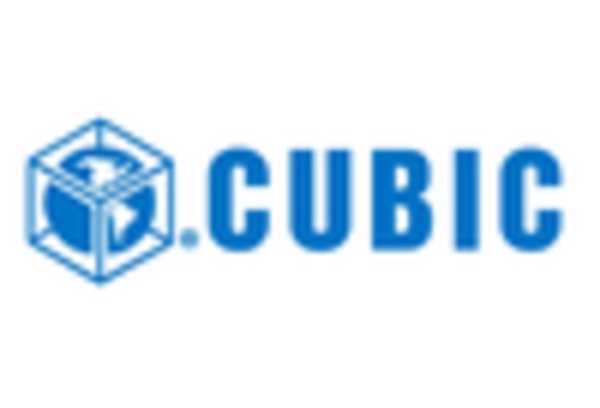
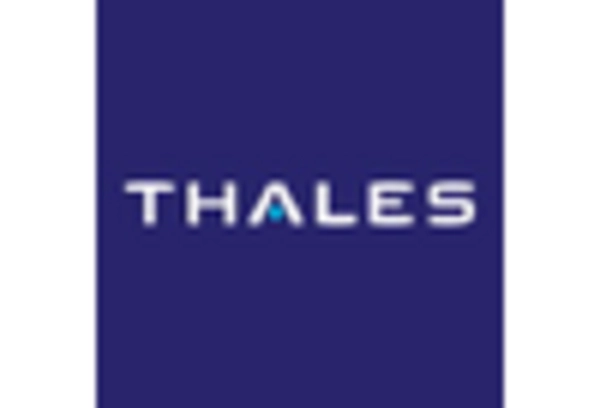










Leave a Comment